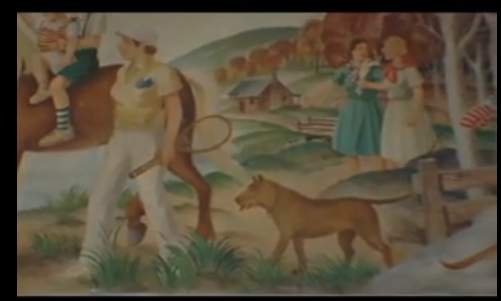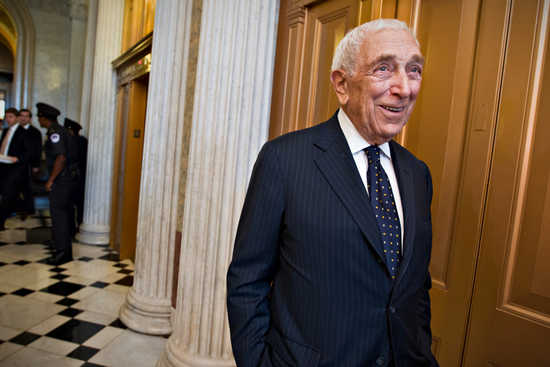What a nice surprise to have Jay Leno bring up the WPA as a model during his show featuring President Barak Obama. Leno asks, “Would it be possible to do a modern WPA? Where kids get paid a decent wage, you give them food, and they fix up Detroit, they fix up other cities, they fix bridges…You travel this country and you see these great bridges, and there are plaques…” To which Obama replies, “And it was not just incredibly important to the economy in the 1930s, we use it still…and it opened up opportunity for everybody.” He goes on to say, “It’s possible; the question is do we have the political will….When we’ve got unemployed folks, we should be putting them to work”.
Unfortunately, both Leno and Obama need to brush up on their New Deal history: Jay thinks the WPA was building things in 1930 and ’31, four years before it got started (the CCC and CWA did build things starting in 1933), and the President thinks that the Golden Gate Bridge was a WPA project (it was the Bay Bridge, in fact), though he does get the Hoover Dam right. Now the question is: Will the administration push hard for a new WPA? And remember, the CCC was created by Executive Order — could President Obama do something similar? If we had a CCC thinning the overgrown forests of the Sierra Nevada, the Yosemite Rim fire and a host of others across the drying West would not be as big and ferocious as they are.



